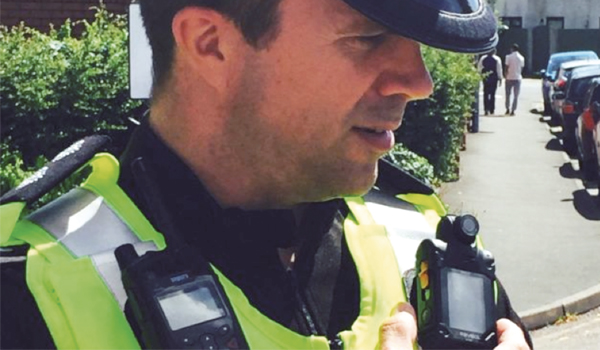Eye-tracking lie detection software developed
Shifty eyes have long been thought to signify a persons problem
telling the truth. Now a group of US researchers are taking that old
adage to a new level.

Shifty eyes have long been thought to signify a persons problem
telling the truth. Now a group of US researchers are taking that old
adage to a new level.
Educational psychologists at the University of Utah are using
eye-tracking technology to pioneer a promising alternative to the
polygraph for lie detection.
Tracking eye movement to detect lies became possible in recent years
because of substantial improvements in technology. The Utah researchers
John Kircher, Doug Hacker, Anne Cook, Dan Woltz and David Raskin
say they are the first to develop and assess the software and methods
for applying these tests effectively.
Using eye movement to detect lies contrasts with polygraph testing.
Instead of measuring a persons emotional reaction to lying,
eye-tracking technology measures the persons cognitive reaction. To do
so, the researchers record a number of measurements while a subject is
answering a series of true-and-false questions on a computer. The
measurements include pupil dilation, response time, reading and
rereading time, and errors.
The researchers determined that lying requires more work than telling
the truth, so they look for indications that the subject is working
hard. For example, a person who is being dishonest may have dilated
pupils and take longer to read and answer the questions. These
reactions are often minute and require sophisticated measurement and
statistical modeling to determine their significance.
We have got great results from our experiments, said Mr Kircher.
They are as good as, or better than, the polygraph, and we are still
in the early stages of this innovative new method to determine if
someone is trying to deceive you.
Besides measuring a different type of response, eye-tracking methods
for detecting lies has several other benefits over the polygraph. Eye
tracking promises to cost substantially less, require one-fifth of the
time currently needed for examinations, require no attachment to the
subject being tested, be available in any language and be administered
by technicians rather than qualified polygraph examiners.
The University of Utah has now licensed the technology to Credibility Assessment Technologies (CAT).
CAT president Donald Sanborn explained: The eye-tracking method for detecting lies has great potential.
Its a matter of national security that our government agencies have
the best and most advanced methods for detecting truth from fiction and
we believe we are addressing that need by licensing the extraordinary
research done at the University of Utah.



